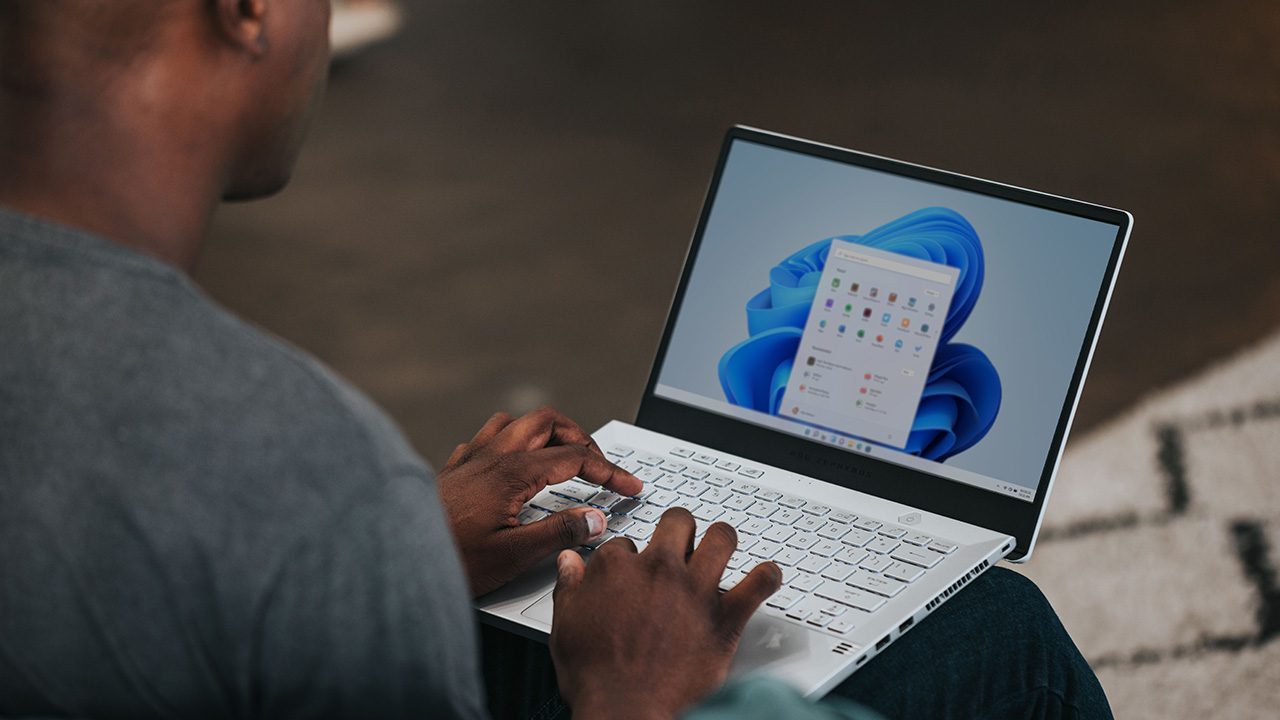Windows Autopatch Gets Application-Based Authentication Support and More

Microsoft has detailed some new features added to its Windows Autopatch service in the month of September. The major highlights of this release include a new application-based authentication method, enhancements for the device registration flow, as well as reporting capabilities.
Microsoft first unveiled the Windows Autopatch service back in April and made it available in preview in June this year. It’s a cloud-based offering that enables organizations to automate the patching process of Windows, Microsoft Edge, Microsoft Teams, and Microsoft 365 apps for Enterprise. Windows Autopatch allows administrators to create testing rings, monitor rollouts, and roll back changes.
First off, Windows Autopatch now supports certificate-based authentication via the Modern Workplace Management application. This release helps to improve the security posture and streamline the tenant enrollment process. It also reduces the workload involved in password rotation as well as removes a few service accounts, groups, and Conditional Access (CA) policies. These changes should make it easier for customers to deploy the Windows Autopatch service in their tenants.

Microsoft has also released some updates to simplify the post-registration device readiness process. IT admins can now head to the new “Not registered” tab to track devices that don’t meet the prerequisites for Windows Autopatch. Moreover, the “Not ready” tab shows a list of devices with conflicting Windows Update policies.
Windows Autopatch gets new Reporting capabilities
Last but not least, Microsoft has made it possible for IT admins to create reports (such as update status and update history) for devices enrolled in Windows Autopatch. You can see how the reporting capability works in the video below:
Going forward, Microsoft will add support for a self-serve de-registration process and a new Tenant Management blade to Windows Autopatch. The company plans to share more details about new features coming to the service at its Ignite conference next month. If you haven’t done it yet, you can configure Windows Autopatch by following the steps mentioned in our detailed explainer post.



